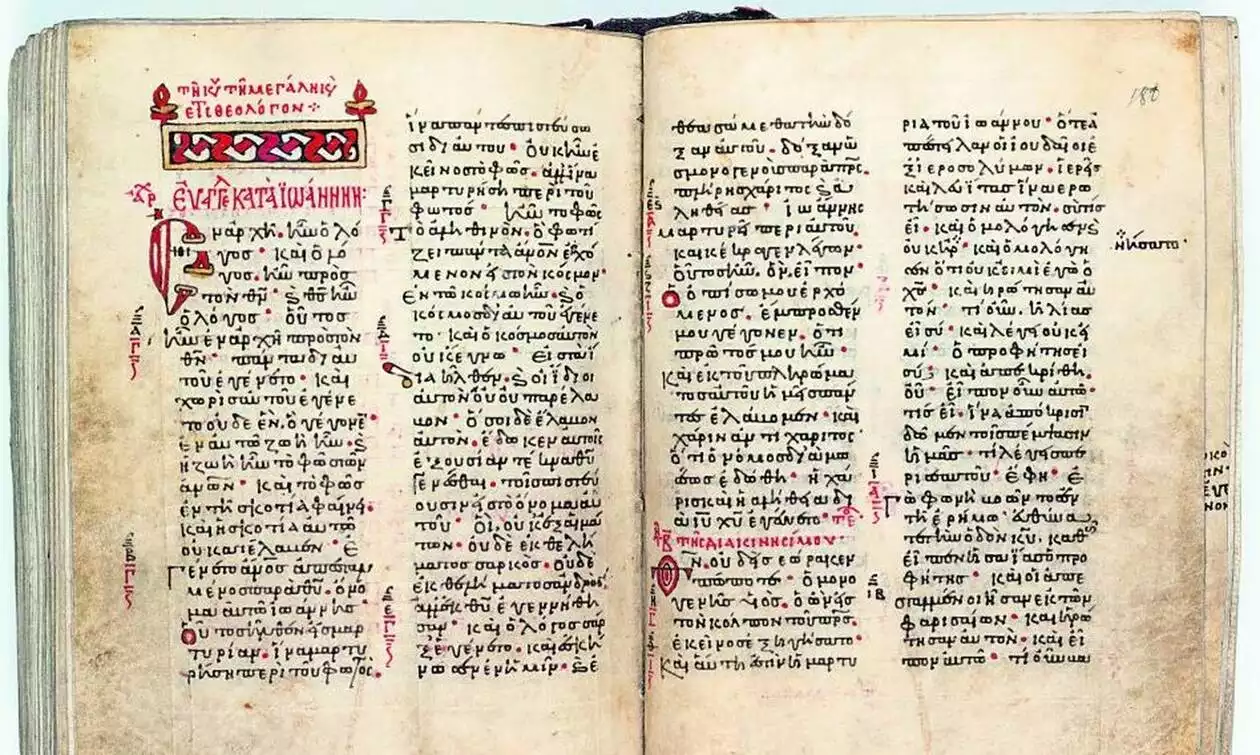
The Gospel of John, revered as a cornerstone of Christian theology, stands distinct among the four canonical Gospels in the New Testament. Its authorship, traditionally attributed to John the Apostle, remains a subject of scholarly debate. Unlike its synoptic counterparts – Matthew, Mark, and Luke – John’s Gospel delves deeply into theological concepts, emphasizing the divine nature of Jesus Christ. Its composition date, estimated between AD 90 and 110, reflects a matured Christian theology.
The Distinctive Theology and Literary Style of the Gospel of John
This chapter explores the unique aspects of John’s Gospel, which distinguishes it from the synoptic Gospels. Firstly, its prologue (John 1:1-18) sets a profound theological tone, introducing Jesus as the pre-existent Word (Logos), who embodies life and light. This notion significantly shapes the early Christian understanding of Jesus’ divine nature.
Furthermore, John’s narrative focuses on the signs (miracles) of Jesus, presenting them not merely as miraculous acts but as revelations of his divine identity. These signs, coupled with the profound “I Am” statements (e.g., “I am the bread of life” – John 6:35), deepen the theological discourse on Jesus’ identity and mission.
The Gospel’s literary style also merits attention. It employs a high degree of symbolism and allegory, evident in narratives like the wedding at Cana and the raising of Lazarus. These stories are not just historical accounts but are laden with deeper spiritual meanings, often reflecting on themes of life, belief, and salvation.
Additionally, the Gospel of John gives prominence to the Holy Spirit, referred to as the Paraclete or Advocate. This emphasis on the Spirit’s role in guiding and sustaining the faith of believers further underscores the Gospel’s theological depth.
In summary, the Gospel of John offers a unique and profound insight into Christian theology, distinguished by its theological depth, symbolic narratives, and emphasis on Jesus’ divine nature. Its contribution to Christian thought cannot be overstated, as it continues to be a vital source for theological reflection and spiritual growth.
Symbolism and Character Portrayals in the Gospel of John
In the Gospel of John, symbolism deeply enriches the narrative, offering layers of meaning to its readers. Water, for instance, is a recurrent symbol, representing spiritual cleansing and renewal, as seen in Jesus’ baptism and the story of the Samaritan woman at the well. Light and darkness are employed to contrast truth and ignorance, guiding readers through a spiritual journey from misunderstanding to enlightenment.
Character portrayals in this Gospel also merit attention. John the Baptist, distinctively presented, is not just a forerunner but a witness to the light, affirming Jesus’ identity. The portrayal of Mary, the mother of Jesus, and Mary Magdalene is poignant, depicting deep faith and devotion. Furthermore, the figure of Thomas, often dubbed ‘Doubting Thomas,’ highlights the theme of belief and doubt, ultimately leading to a profound confession of faith.
The Gospel of John, with its rich theological insights, symbolic language, and distinctive character portrayals, stands as a seminal work in Christian literature. It invites readers to a deeper understanding of Jesus’ nature and mission, challenging them to reflect on themes of faith, salvation, and divine love. Its enduring influence on Christian thought and practice underscores its significance as a spiritual and theological treasure.
Feast Day:
References
- Kostenberger, Andreas J. John. Baker Academic, 2004.
- Biblical Archaeology Society – “Gospel of John Commentary: Who Wrote the Gospel of John?” Accessed 29 December 2023.
- Zondervan Academic – “Who Wrote the Gospel of John?” Accessed 29 December 2023.
- Affinity – “The Historical Reliability of the Gospel of John.” Accessed 29 December 2023.
